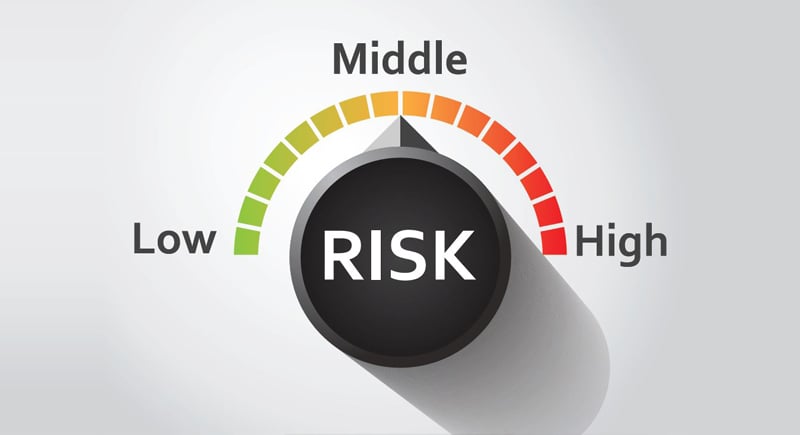
By
Rob Boyle
October 10, 2024
Updated
October 10, 2024

What is risk tolerance?
Risk tolerance is defined as the willingness of a worker or a group to take safety risks. It involves evaluating multiple factors that influence a decision to either accept or reduce risk.
Generally, we might have an acceptance of a risk that is too high. If your risk tolerance is high, you will most likely have an accident as you will not be able to adequately assess the danger.
How can I improve my perception of risk and reduce my risk tolerance?
- Acknowledge that your ability, the risk exposure is still there.
- Utilizing situational awareness, perform each task as if it is the first time. Stop and think, "What can go wrong this time?"
- Integrate "Stop and Think" in your personal activities.
- Understand the limitations of equipment and engineering. What will happen if it does fail?
Becoming complacent in your daily tasks is one of the largest factors in safety incidents. You may have carried out the task a thousand times before, but it is usually some small thing you did not anticipate that causes an accident.
Maybe you didn't notice someone had placed a cord across your walkway, or somebody had not replaced a guard after maintenance on a machine.
One of the best tools you can use to safely perform our daily duties is a Job Hazard Analysis (JHA).
This tool makes you STOP and THINK before you ACT on the different risks associated with the task. You may have heard someone say,
"We've been doing it this way for 20 years and nothing has happened."
While that may be true, it doesn't mean a hazard doesn't exist. Always take a comprehensive look at all the possible hazards with an open mind and be aware of your surroundings. This will help you identify potential risks and ways to avoid them.
Before you start a task, simply ask yourself:
- Do I see the risk?
- Do I understand the risk?
- Do I accept the risk?

What influences a high risk tolerance?
Below are 10 influencing factors for risk tolerance to be aware of:
- Overestimating capability or experience
- Familiarity with the task (complacency)
- Not understanding the seriousness of the potential incident and the potential outcome
- Voluntary actions and being in control
- Personal experience with a serious outcome
- Cost of non-compliance
- Overconfidence in equipment
- Overconfidence in PPE
- Profit or gain from actions
- Role models accepting risk
How do I evaluate the risk of a task?
Before starting each task, evaluate if you are perceiving the risk of each task correctly, and adequately estimate the risk and your ability to perform the task safely.

STOP
- What could go wrong?
- How bad could it be?
- Has anything changed?

THINK
- Am I physically and mentally ready?
- Do I clearly understand the task?
- Do I have the right tools and equipment?

ACT
- Make it safe
- Use the right tools
- Follow safety procedures
- Reduce risk
